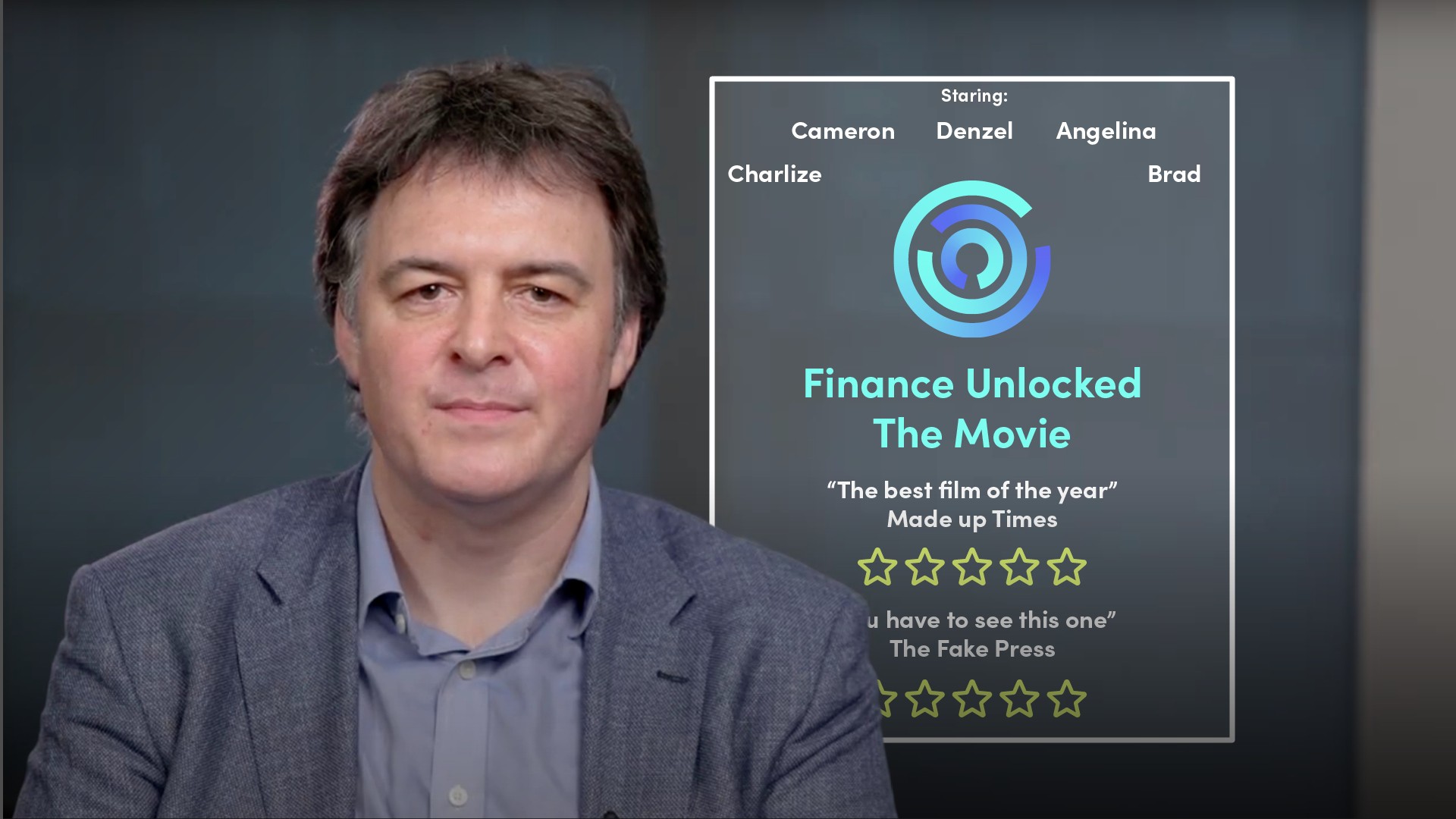
The FEAST Framework II

Christian Hunt
25 years: Behavioural science & compliance
In the last video to this series, Christian picks up where he left off with the FEAST framework. He highlights in detail the components behind Attractive, Social, and Timely and how they influence human decision making.
In the last video to this series, Christian picks up where he left off with the FEAST framework. He highlights in detail the components behind Attractive, Social, and Timely and how they influence human decision making.

The FEAST Framework II
8 mins 48 secs
Key learning objectives:
What does ‘Attractive’ mean in the context of the FEAST framework?
What does ‘Social’ mean in the context of the FEAST framework?
What does ‘Timely’ mean in the context of the FEAST framework?
Overview:
In this video, Christian continues explaining the FEAST framework. By understanding the components of attractive, social and timely, we can identify the drivers of human behaviour, and how we can influence them in a positive way.
What does ‘Attractive’ mean in the context of the FEAST framework?
The more attractive we make something, the more likely people will do it. Conversely, the less attractive we make something, the less likely it is they will do it.
What does ‘Social’ mean in the context of the FEAST framework?
We are naturally social creatures. So if we are made aware that lots of people are doing something, then we are likely to copy what the majority of people are doing.
What does ‘Timely’ mean in the context of the FEAST framework?
The timing of interventions matters. We can get completely different answers when we ask people to do something, depending on the time at which we ask them.

Christian Hunt
There are no available Videos from "Christian Hunt"

